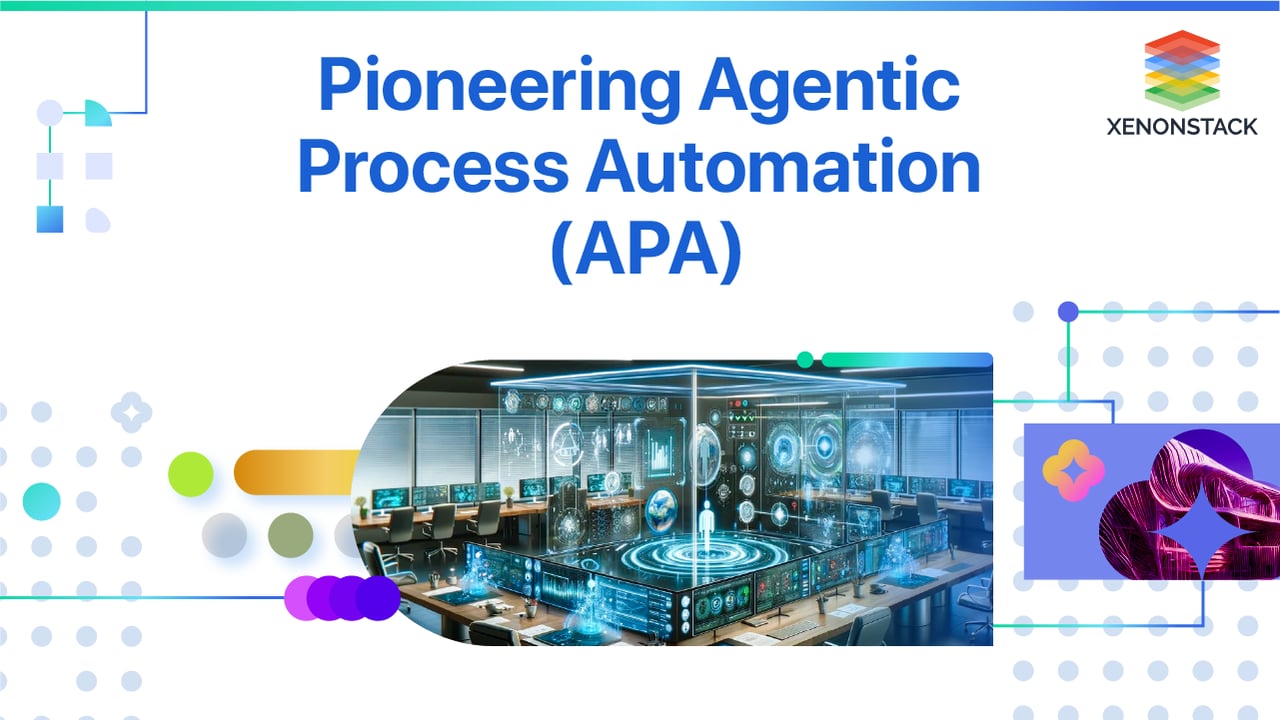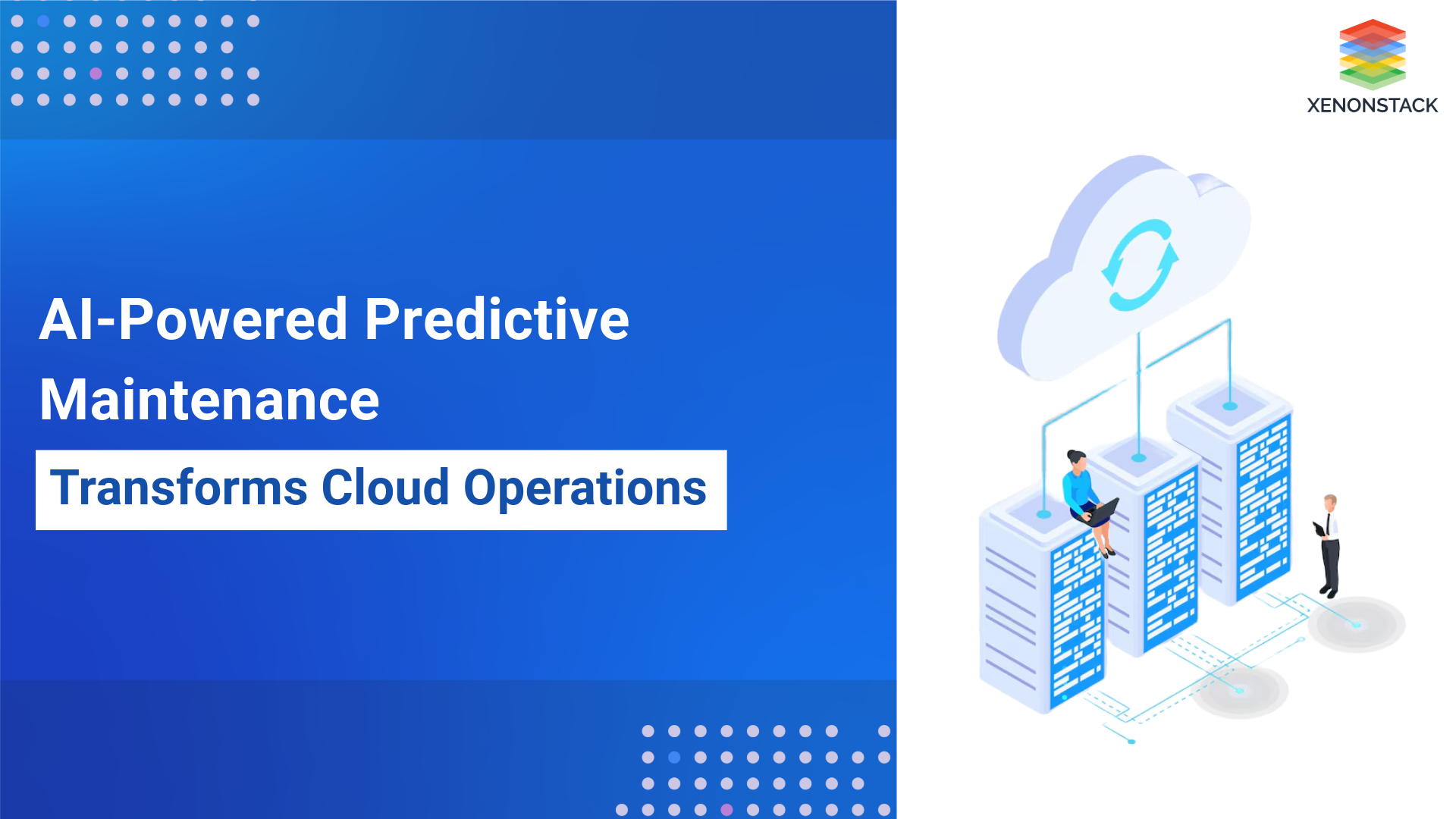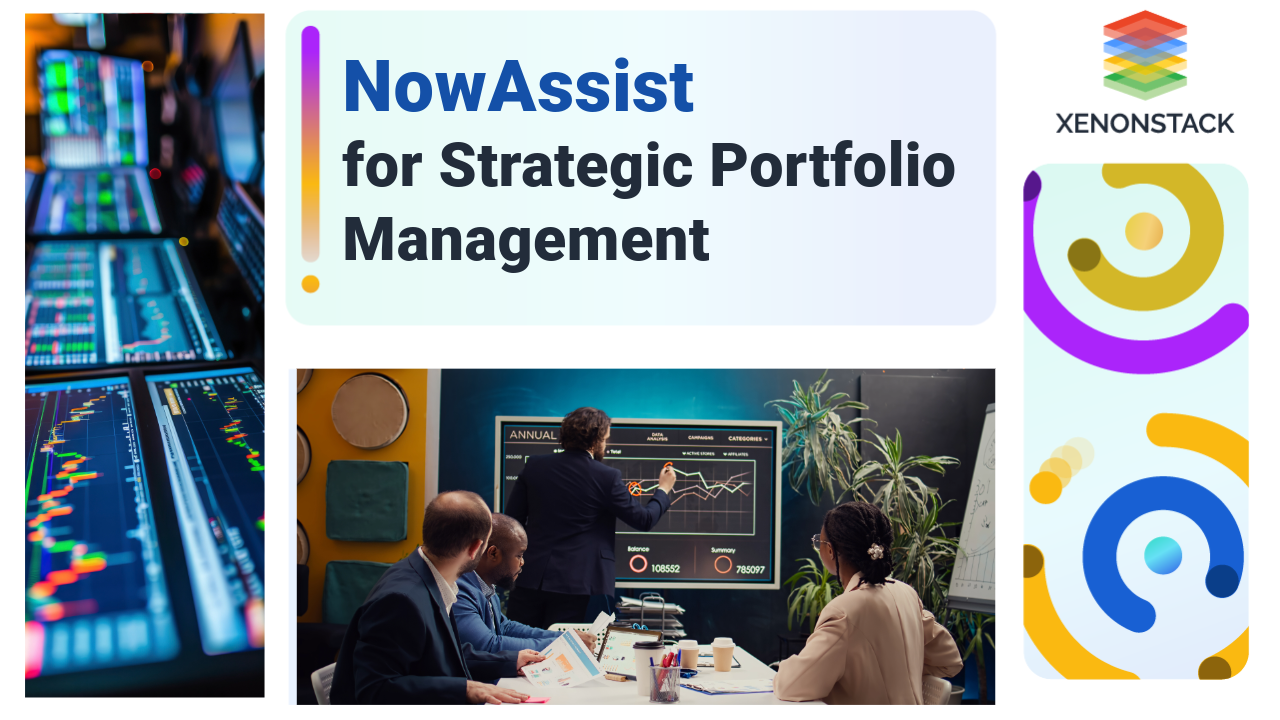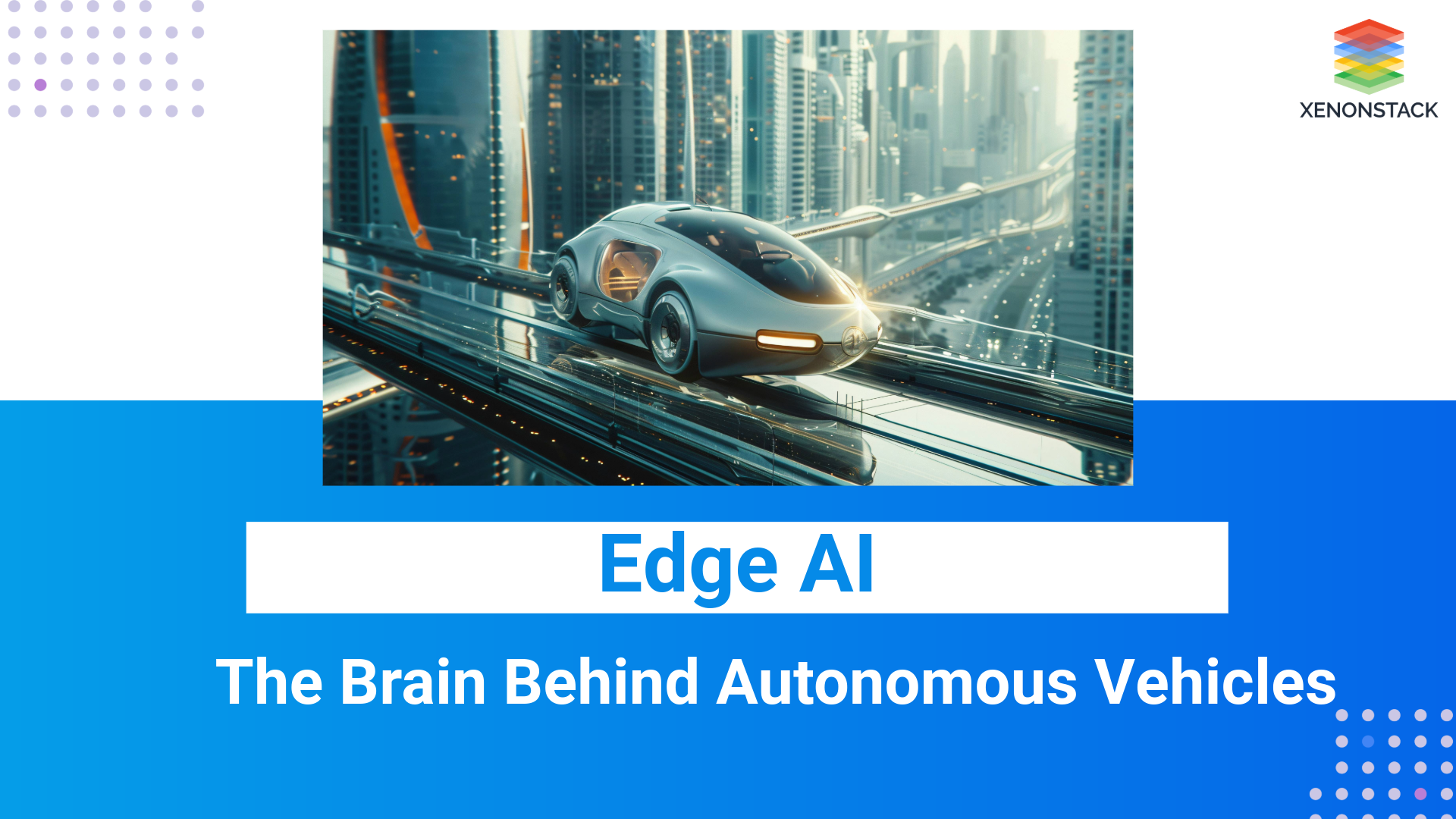
Introduction to Agentic Process Automation
In a world where technology is rapidly evolving, businesses are constantly seeking innovative ways to improve efficiency and streamline operations. Enter Agentic Process Automation (APA), a novel paradigm that promises to transcend the capabilities of traditional Robotic Process Automation (RPA) by integrating human-like intelligence into automated workflows. This groundbreaking approach leverages Large Language Models (LLMs) to construct and execute complex processes, making it a game-changer in automation.
APA vs. RPA: Bridging the Intelligence Gap
Robotic Process Automation (RPA) has become crucial in automating repetitive tasks, freeing employees to focus on more complex and creative work. However, RPA's reliance on predefined rules and algorithms may not be suitable for processes that require decision-making or understanding of the context. This is where Augmented Process Automation (APA) comes in. APA is a more advanced form of automation that leverages machine learning-based agents, such as PROAGENT, to create workflows based on human guidance.This approach provides greater flexibility and intelligence as the machine can understand the task's context and make informed decisions.
One of the essential components of APA is the Agentic Workflow Description Language (AWDL), which standardizes the input and output data for software and incorporates process control logic to enable seamless orchestration of tasks. This means that AWDL can be used to describe workflows across different software applications and systems, ensuring that the different processes work together seamlessly.
 Figure 1: The comparison between Robotic Process Automation and Agentic Process Automation
Figure 1: The comparison between Robotic Process Automation and Agentic Process Automation
RPA Example: Consider a traditional RPA system set up to process invoices. It scans invoices, extracts information based on predefined fields, and enters this data into a system. The process is highly efficient but rigid; if an invoice format changes or the RPA encounters an anomaly, it cannot proceed without human intervention.
APA Example: Conversely, an APA system using an LLM-based agent like PROAGENT can handle the same invoice processing task but with greater adaptability. If it encounters an unfamiliar invoice format, it can understand the context and decide where likely fields are. For instance, if a new line item, "Eco Contribution," appears on the invoice, APA can infer its nature (a charge or a discount) and how to process it, something traditional RPA would struggle with.

Figure 2: A comparison between RPA and APA in terms of Efficiency and Flexibility
The Role of Agentic Workflow Description Language
The Agentic Workflow Description Language is highly advanced and designed to streamline and optimize workflows. It has an innovative design that utilizes a JSON structure for data flow and Python code for complex control logic. This unique combination offers a standardized data format and intricate logic control, including conditional branches and loops, which are crucial for executing sophisticated workflows without unnecessary interventions. This means that users can easily create and execute complex workflows without worrying about interruptions or errors. The Agentic Workflow Description Language is a game-changing tool that simplifies the process of workflow management and enables users to achieve their goals with maximum efficiency.
Example: An APA system is tasked with orchestrating a complex marketing campaign that involves analyzing customer feedback across various platforms, identifying key themes, and adjusting the campaign's messaging accordingly. The Agentic Workflow Description Language ensures that data from different platforms can be standardized into a format the APA system can analyze. It then utilizes Python code for complex logic, such as adjusting campaign parameters if negative feedback on a particular aspect exceeds a certain threshold.
Figure 3: Illustration of Agentic Workflow Description Language
PROAGENT: The Backbone of APA
PROAGENT is an innovative solution powered by the latest AI technology, OpenAI's GPT-4. This cutting-edge platform leads the way in APA (Automated Process Automation) by streamlining workflow generation for optimal decision-making in real-world scenarios. PROAGENT employs advanced techniques such as Testing-on-Constructing and Function Calling to ensure the constructed workflows are valid and efficient, providing reliable and effective results.
Furthermore, the platform integrates a Data Agent and Control Agent to adeptly manage intricate data processing demands, allowing for seamless and hassle-free data processing. With PROAGENT, you can trust that your workflow generation process is taken care of, delivering superior results every time.
 Figure 4 : The illustration of the workflow execution procedure of PROAGENT for case analysis
Figure 4 : The illustration of the workflow execution procedure of PROAGENT for case analysis
Example: A company wants to optimize its supply chain logistics. PROAGENT, utilizing the capabilities of GPT-4, could construct a workflow that tracks shipments in real-time and predicts potential delays based on factors like weather conditions, current events, or traffic data. Testing-on-Constructing ensures the workflow is robust enough to handle various real-world scenarios, dynamically adjusting routes or schedules as needed.
Empirical Validation and Ethical Considerations
Recently, a proof-of-concept experiment was conducted on the n8n platform, demonstrating PROAGENT's incredible capabilities. The experiment highlighted the potential of Advanced Process Automation (APA) to automate complex commercial scenarios. However, the rise of APA has also raised several ethical concerns, particularly the risk of automation bias.
This refers to the possibility that humans may rely too heavily on the decisions made by the agentic process automation systems without critically examining them. This underscores the need for ongoing research and development in agentic process automation systems, focusing on creating safer and more interpretable systems that can be trusted to make sound decisions. Ultimately, the goal is to ensure these systems can be used safely and ethically in real-world applications.
Example of Ethical Consideration: As APA systems like PROAGENT become more autonomous, there is a risk that users might over-rely on their decisions, leading to automation bias. For instance, if PROAGENT suggests a new market entry strategy based on its analysis, companies might follow the suggestion without sufficient scrutiny, potentially overlooking nuanced market dynamics that the model might not fully understand.
Looking Ahead: The Future of APA
The automation field has come a long way since the advent of Robotic Process Automation (RPA), and it has now evolved into what is known as Artificial Process Automation (APA). Unlike RPA, which only automates simple and repetitive tasks, APA can handle more complex processes by incorporating machine learning, natural language processing, and other intelligent technologies. This means businesses can now automate a broader range of tasks, including those requiring decision-making and judgment.
APA can revolutionize how businesses operate by offering a level of intelligence and flexibility that has yet to be attainable with traditional RPA. It can help businesses improve their operations by quickly identifying and resolving bottlenecks, reducing errors, and enhancing productivity. Additionally, it can free up employees' time, allowing them to focus on more complex and high-value tasks that require human intelligence and creativity.
However, as we embrace this technology, it is crucial to address the ethical implications and ensure that APA augments human intelligence, not replaces it. There are concerns that APA could lead to job losses, as it could replace humans in specific jobs. Therefore, businesses must be mindful of this and ensure that the implementation of APA is done in an ethical and fair way. This means businesses must engage in responsible automation practices prioritizing human well-being.
Conclusion
In conclusion, Agentic Process Automation represents a significant leap forward in the quest for more intelligent and flexible automation solutions. By harnessing the power of Large Language Models and integrating human-like decision-making capabilities, APA sets the stage for a future where businesses can operate more efficiently and innovatively than ever before.
- Click to know about Agentic Process Automation
- Explore the Power of Agentic AI





